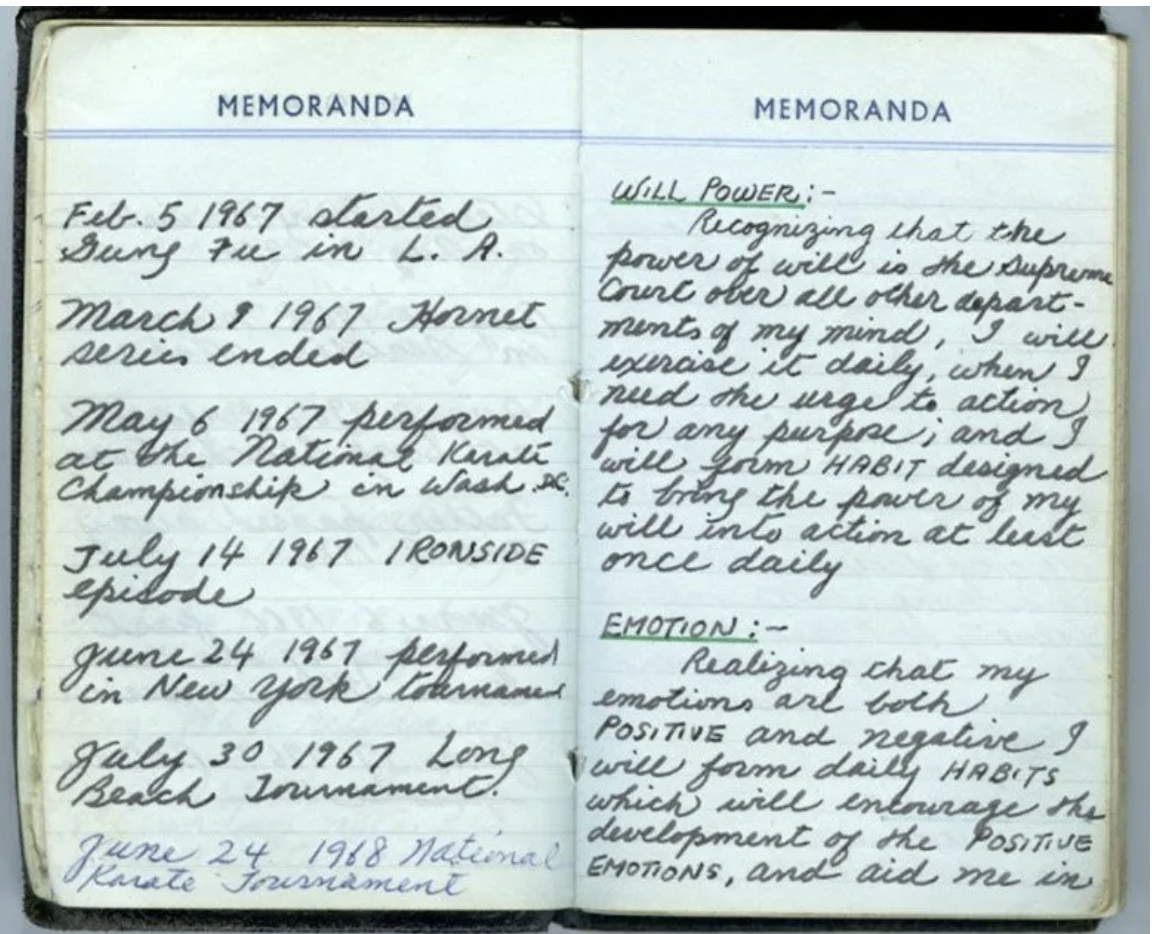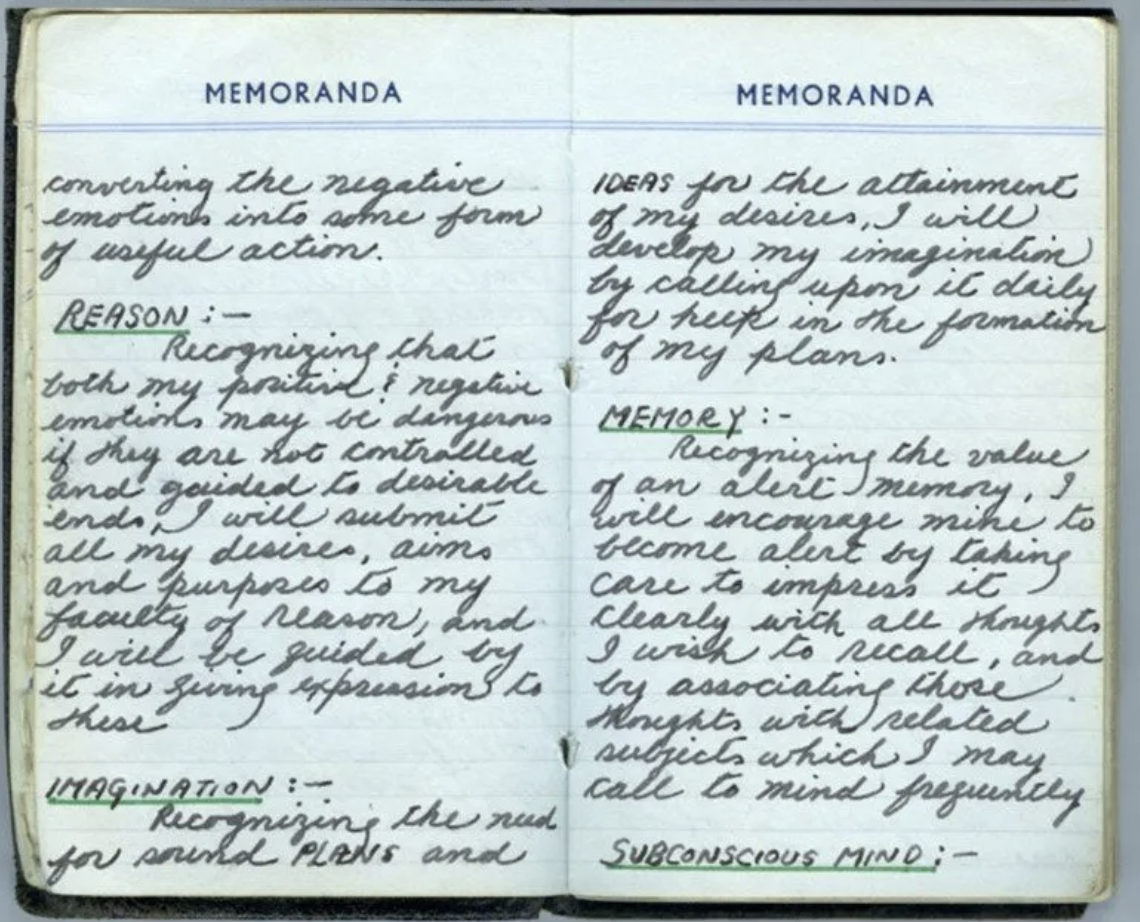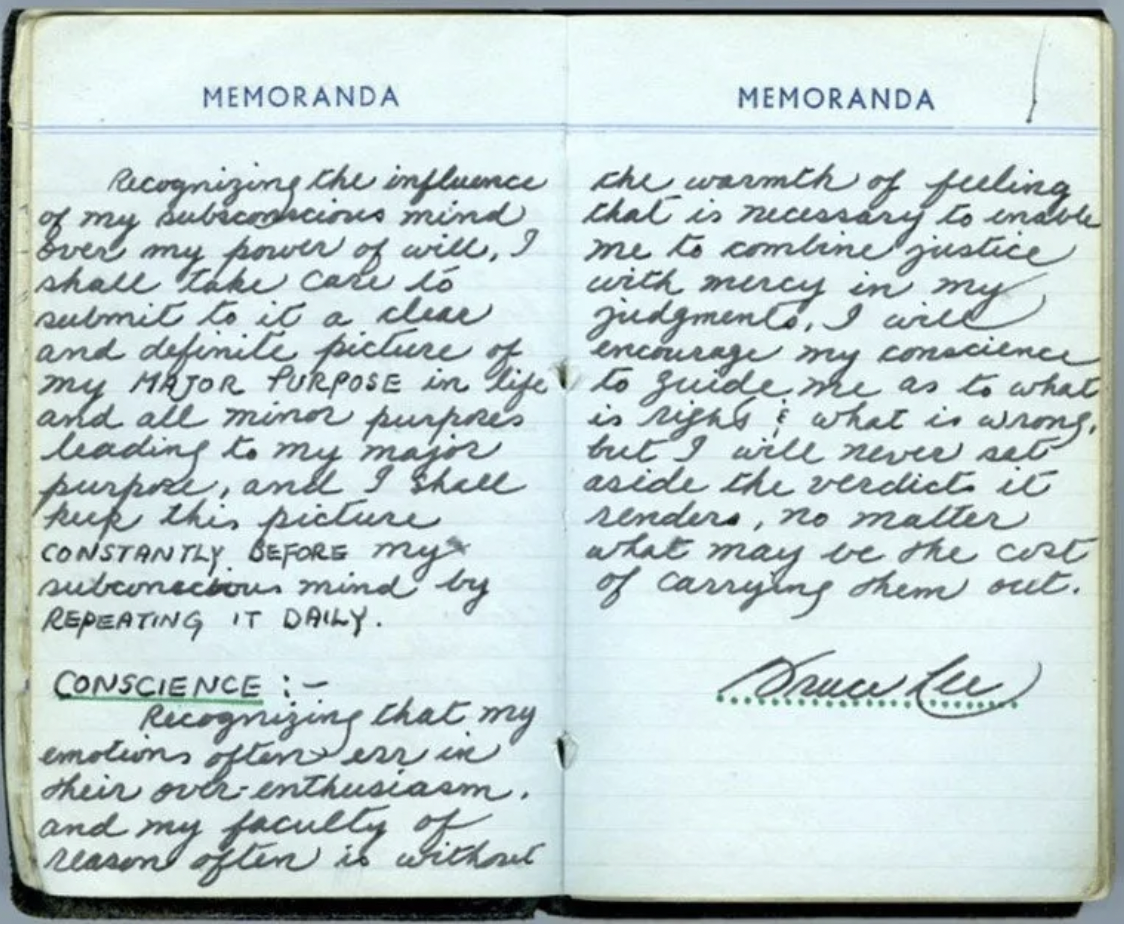This is an invitation to explore the exercises you most avoid—perhaps unconsciously, and an invocation to your very own body to attack those shadows so you can find the strength hidden in them.
…
For those unfamiliar, Shadow Work comes from Carl Jung psychology. It’s aim is to assimilate the parts of the self one considers undesirable into the rest of the personality.
Real life example: the shadow can manifest interpersonally when, at a party, you avoid the one person who has the extremely annoying personality. Anytime that you “spot it”, you “got it.” Something in that other human being is triggering you because it is a part of yourself you have not yet come to terms with or have not spoken to in years, if ever. So it surreptitiously threatens you.
Another real life example: the shadow can manifest intrapersonally when, a thought or emotion pops up that you really don’t like. So you go to your toolbox of coping mechanisms and avoidant behaviors to focus on everything but it. To some extent this is necessary and productive, but over the course of a lifetime, it can become toxic.
You may not have thought about how your shadow can show up in your workouts, but that’s exactly what I’m exploring with you today.
credit: everythingsoulful.com
THE SHADOW SIDE OF YOUR WORKOUTS
Truthfully, you just have to ask yourself “what am I avoiding?”
The problem is, most of us are so far up our own Ego’s that we couldn’t answer that question if posed to us on the spot right now.
Maybe in your life you know, with the snap of your fingers, what you are avoiding. Who you are avoiding. Where you are avoiding going to.
Most of us haven't thought this deeply about our workouts, which makes no sense to me.
Your workout—that dedicated, uninterrupted meeting with your intimate self on a daily basis, is the time you are transforming yourself. Hence, if you are not aware of what you are doing/not doing in your workouts, who is doing the choosing? 🤔
…
Most of us will default to our strengths—and, while I am a fan and a coaching proponent of leaning into what lights you up (i.e. if you feel called to walk, walk; if you feel called to swim, swim; if you feel called to lift heavy sh*t, lift heavy sh*t), there is a possibility of deluding yourself into believing you are getting better, advancing, progressing by feeling like a winner every day, every workout and a danger of falling into the comfort zone “realm” as you age.
HOW YOUR WORKOUT SHADOW SHOWS UP
Generally speaking, this is how I see and experience it:
Doing the class you feel most comfortable in
Doing the exercises you feel most proficient and stellar in
Doing the intensity that you feel most comfortable in
Having to do all of your workouts alone or all of your workouts in a group
Doing only the exercises you currently do not have any fear or curiosity towards exploring
I’m gonna be the interruptor here, and challenge you to replay the movie of your workout life and ask yourself what the heck you’ve been doing.
If it is showing up as the same cycle of movements, reps, sets, weights in the lifting arena, the same pace and lengths in the pool, the same steps in Zumba class, the same dynamic warm-up or the same no warm-up at all, you, my friend, are being called to look at the Shadow in your workouts.
THE HIDDEN PROBLEMs in your workout shadow
There are a few problems with letting the Shadow run the show in your workouts, and they revolve around those shadow truths we fail to flow with:
We are aging, physically, physiologically changing human body-minds. If you do not adapt your workouts to meet yourself where you are in your life, you do not feed the systems of your body-mind (whole organism) that need the most attention for you to be the best athlete of your life.
We are creatures of habit, sometimes to our own detriment. Routines are good. They tame neuroses and open up more brain resources for thinking about other things/priorities. However, when we stick with one routine for too long, we are like an avocado whose beautiful, grass green color and smooth texture turns brown, crinkled, moldy, and smelly. Translation: your 12-week strength training program gets you in tip-top shape, but you hit a plateau and the same program starts delivering unwanted results.
We tend to focus on what makes us feel good. I don’t have a problem with this. But in order to progress, you need to look at what also may make you feel vulnerable, uncomfortable, and less than. From that awareness, you can decide if the workout element that triggers you is something you authentically need to incorporate or not.
And here is the root problem:
We are unaware of what we are unaware of. Carl Jung said: “until you make the unconscious conscious, it will direct your life and you will call it fate.” When we solidify a routine on a foundation of unawareness—a.k.a. just accepting your trainer’s workout plan without understanding the intention and purpose behind what is being served to you, those collective habits could: a) lead you to unwanted results, b) lead you to unappreciated results, c) lead to to a totally different result than you wanted. You gotta wake up to the why behind your workout choices. Then you can stay disciplined to a plan that helps you evolve instead of complaining about not getting the results you so desire.
credit: positivewriter.com
THE HIDDEN OPPORTUNITies in integrating your workout shadow
Above, this is Bruce Lee meticulously, thoughtfully, and scrupulously journaling his training. He carried out the duty of reviewing his training inputs (plans) and outputs (results) and broke down his experience into everything below:
credit: journalinghabit.com
Notice the categories: willpower, emotion, imagination, memory, subconscious mind, and conscience.
His intention was to let nothing go unnoticed so nothing could go unimproved.
No matter your level of intensity and dedication to your workouts, you are responsible for your body’s state of health.
And so, the opportunity in visiting and shining light on your workout shadow is—much like shadow work works for the personality, becoming the fullest expression of yourself.
It’s a complex thing to breakdown, but I’ll do my best to simplify how those dark, unvisited intensities, skillsets, environments, equipment, and movement styles hold the alchemical material for unleveling yourself as an athlete and human being.
When you expose yourself to those parts of yourself that you feared most, judged most, hid most…you become quite powerful. You realize that there wasn’t much to be afraid of, deny, or cover up ever. It was just conditioning.
And, as I teach, we must be unconditionally fit.
This means, asking yourself: “how do I want to show up regardless of my fears, judgments, and insecurities?”
Damn, it’s freeing!
So, the opportunities—the rewards, of integrating your workout shadow include:
Greater Creativity: you’ll enter the workout domain ready and excited to try new things
A Greater Sense of Wholeness: you’ll feel more comfortable in your skin
Greater Resilience: when you face what you once thought would crush you, succeed, survive, even thrive, you walk away knowing the expansiveness of your capability
Greater Clarity: seeing it all…is powerful; go out and explore the whole amusement park of workouts and you’ll have way more clarity on what you need and don’t need/want and don’t want in your workout life
Better Relationships—With Yourself And With Others: giving love to your triggers in any sphere of your life will make you that more whole, resilient, clear, and creative self who is open to engaging in a more authentic way; as you become more of you, you connect with more of you
how to begin integrating your workout shadow today
These are what I notice most people avoiding in their workouts, and I suggest you begin to integrate ASAP. I’ve split the workout shadow into three phases of the workout.
how to embrace your warm-up shadows
In a single phrase: Notice What Is Going On Inside Of You.
I see most people not checking in with the state of—and attending to the snapshot conditions of, their nervous systems before diving in to their workouts. This neglects to address Problem #1: we are changing body-minds. On a day where you are more stressed and less slept, you might tone down the intensity or add in longer rest intervals. It’s important that you notice what is—how your body feels, what your energy level is like, and the state of your mind, before you hit the gas pedal.
One practical method for this is to shorthand journal in this sequence (I go WAY MORE INTO DEPTH into this in my journaling coaching):
Ask what’s tight/what’s loose, your energy level (in numbers or words), and what’s distracting you/stealing your attention.
Accordingly, with openness, self-love, self-compassion, and a long-run view, think about/write down what you want to feel, how you want to change your energy, and where you need to place your focus now.
A very simple format I have been using lately looks like this:
It takes literally 5 minutes tops and gets me into a consciously embodied state where I am primed to workout both intelligently and intuitively. I use my warm-in phase to do an extended intimate check-in with my body. This way, the sharp intent I’ve written down for the session can be softened for the most optimal workout for that time and day.
how to embrace your main-set shadows
In a single phrase: Mix It Up.
In the American College of Sports Medicine (ACSM) model of programming, there is an acronym called FITTVP. It stands for: frequency, intensity, time, type, volume, and progression.
In the Crossfit Universe, there is a motto: “constantly varied functional movements performed at a high intensity.”
One practical method is to change at least one variable in your programming every once in a while. I’d define ‘every once in a while’ as once you’ve become proficient at the movement/s and you’ve seen over 50% progress with it. For example, if your goal was to increase strength in your legs via squats, change one of the F, I, T, T, V, P components once your squat is looking and feeling strong (you might need a coach to help you determine that) and you’ve improved your performance (in this case, you’ve increased your 1RM by 1.5%). I’m not the biggest fan of testing 1RM with general population, but you can easily scale to different rep tests. This will ensure you don’t become a brown, crinkled, moldy, smelly avocado.
how to embrace your warm-down shadows
In a single phrase: Your Workout Isn’t Over When You Finish Your Last Rep.
Most of us hard charge to the final rep (“continua!”), grab our gear, and hit the road.
This creates a frenetic and confusing state for your nervous system. Yuck!
You leave the gym or whatever your training environment may be in a fight-flight autonomic nervous system state, meaning: your body is rigid and bracing; your heart rate is elevated; most likely you are mouth breathing; you have tunnel vision focus/hypervigilance; and you gotta pee.
If you think about this, you’d probably want to leave the gym in a different state.
Perhaps relaxed, breathing easy and fully via your diaphragm, with open-awareness, and not having to pee.
One practical method for this is to engage some form of controlled breathing (pranayama) that slows down your heart rate and cultivates serenity in your mind. Two easy ones to start with are:
-Box Breathing (follow the red ball along the outlines of the square)
-4-7-8 Breathing, inhaling through your nose then exhaling out of your mouth with a “whoosh” sound
credit: bookriot.com
Alright, that was a deep dive into the shadow…of your workouts, and like all shadow work, it’s exhausting.
I hope you’ve been enlightened in some capacity and feel the urge to become a more wholesome mover, worker outer, human being, my friends.
In Wholeness,
Coach Abby
Whatever it is, the way you tell your story online can make all the difference.











